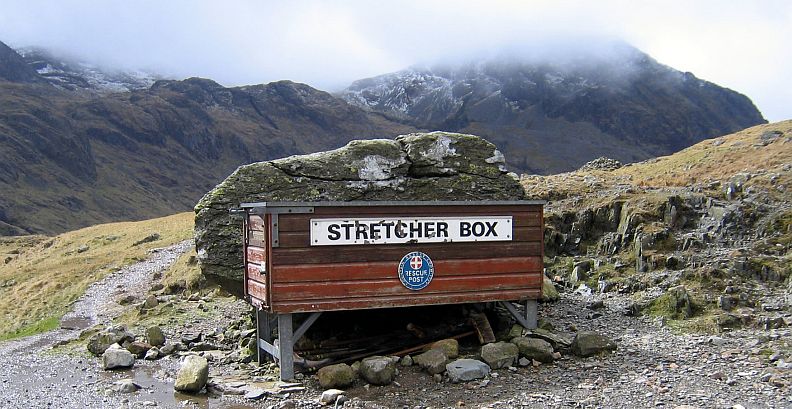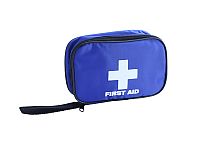Mountain Safety

Probably the coldest I've ever been was in the Balsam Mountains of North Carolina in late summer. I was mountain biking on a trail at about 5,500 feet (1,676 m.), in perfect weather conditions, but then dark clouds appeared and a thunderstorm erupted over our heads, the trail became a creek and I got soaked from head to foot. The temperature plummeted and I started to get hypothermic. I ended up pushing my bike the rest of the way out, just focusing on making each step.
Now I learned two good lessons about mountain safety that day: Always have raingear and warm clothes when in the mountains, or you just might die of hypothermia, no matter the time of year.
I'm afraid, however, that too many people make this same mistake, particularly in mountains of relatively moderate altitudes, like the area I was biking in.
Well, my message couldn't be more clear: I don't care if you're going to be at 5,000 feet (1,524 m.) or 20,000 feet (6,096 m.), always have a waterproof jacket and pants, waterproof shoes and some extra warm clothes.
OK, I said all of that to say this — the mountain environment and landscape are very unforgivable and full of hazards around every corner that will jump up and bite you in the rear if you're not careful and prepared; these range from avalanches to the seemingly innocent act of drinking water. So mountain safety is very important to keep a mountain vacation from quickly turning into a mountain rescue.

So to begin with, always have the aforementioned gear with you, always go with a friend or two, always tell someone who is not going what your plans are and where you're going to be, always have a first aid kit, extra food, a basic survival kit, and last but certainly not least, always get proper instruction in whatever mountain activity you're going to be doing.
Below is a list of the most common hazards in the mountains. Click on the links below to find out more about each particular one, and ways to prepare for, treat or avoid them.
Avalanches
Frostbite
Hypothermia
Acute mountain sickness (AMS)
Lightning
Crevasses
Blizzards
High altitude pulmonary edema (HAPE)
High altitude cerebral edema (HACE)
Dehydration
Cornices
Sunburn
Giardia
High altitude stroke (HAS)